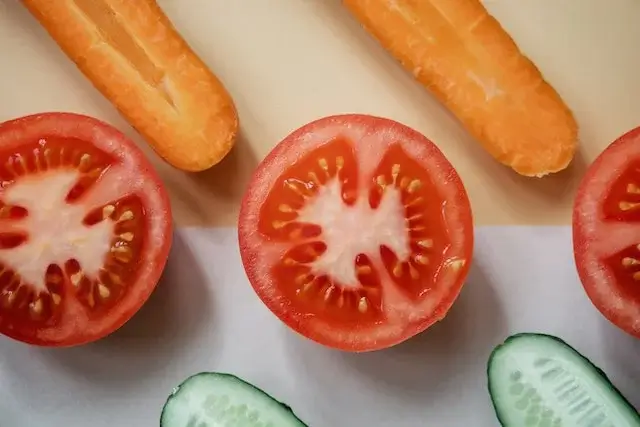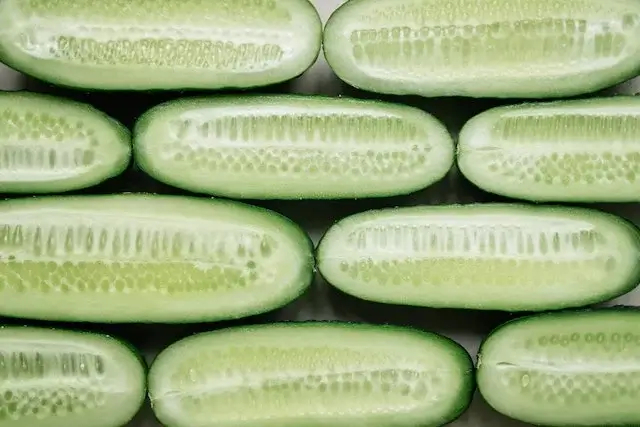Being hydrated is extremely important for your health. When you don’t drink enough water, your body cannot function properly, causing you to experience a host of uncomfortable and sometimes dangerous symptoms.
Dehydration happens when a person loses more fluid than they take in, either through natural processes like sweating and urination, when you have a fever or after a vomiting or diarrhea bout. It is more likely to occur when the weather is warm or during periods of profuse sweating, like during exercise or when you spend too much time sitting in the sun.
Dehydration is one of the most common migraines and headache triggers. Many migraineurs and chronic headache sufferers report that, for them, even the slightest hint of dehydration can spiral into a full-fledge migraine attack within minutes. Fortunately, it is also one of the most easily prevented triggers.
Staying adequately hydrated is something we should strive for year-round. Here are five water-rich foods that will help you stay hydrated during summer and beyond:
Watermelon
Water content: 92%
Nothing says summer like eating an ice-cold watermelon wedge sitting by the pool or at the beach. This delicious fruit is almost entirely made of water, and it is very healthy, too. A one-cup (155 grams) serving of watermelon contains about 120 milliliters (or half a cup) of water. And as far as fruits go, it is also one of the lowest in calories, with only 46 calories per cup. Watermelons also have a number of migraine-friendly nutrients, like vitamins A and C, potassium, and magnesium, making it the ideal on-the-go snack for migraineurs with food sensitivities.
Cucumber
Water content: 96.7%
Although technically a fruit, cucumbers are often regarded as one of the most hydrating and refreshing vegetables there is. They are also one of the most ancient plant foods ever recorded. Cave excavations and anthropological studies have shown that humans have been growing these water-laden veggies more than 3,000 years for food and medicinal purposes. Often considered to be a “diet food,” cucumbers are loaded with vitamins and minerals that may offer several health benefits. There is evidence that cucumbers may support:
- Hydration
- Bone health
- Cardiovascular health
Lettuce
Water Content: 96%
We haven’t been fair to lettuce. Fresh, crisp, and crunchy, there is almost no dish that doesn’t go well with a refreshing salad on the side. There are five main types of lettuce: leaf, romaine, crisphead, butterhead, and stem, and each provides different levels of nutrition. Generally speaking, lettuce is very low in calories (only ten calories per cup) but high in fiber, and it also has small amounts of essential vitamins and minerals such as vitamins A and K, zinc, and potassium.
Celery
Water content: 94%
Some people love it, some hate it, but there’s no denying that these crunchy stalks offer more than a handful of health benefits for very few calories. Just a serving of celery provides almost a third of the recommended daily intake of vitamin K, a nutrient closely related to bone health. A cup of celery also has nearly as much potassium as a small banana and packs close to half a cup of water. However, that same cup of celery only contains about 15 calories.
Tip: Don’t toss the leaves! Most of the calcium, vitamin C, and potassium in celery comes from them. Celery leaves don’t store well, so choose stalks with bright, crisp leaves to make sure they are as fresh as possible and eat them right away.
Tomatoes
Water content: 94%
Like cucumbers, despite botanically being a fruit, tomatoes are considered a vegetable by most. They are an important source of several key nutrients, including folate, vitamin C, and potassium. But that’s not where their impressive nutritional profile ends. Tomatoes have a water content of nearly 95%, making them one of the most hydrating non-starchy vegetables. They are also packed with an extraordinary antioxidant called lycopene.

Lycopene is a red pigment and antioxidant known for its health benefits. Studies have shown that lycopene’s antioxidant properties can help regulate free radicals in the body, promote heart health, and may even slow down the progression of some types of cancer.
Used in many cuisines around the world, there are countless ways to prepare and eat tomatoes. Raw, baked, and fried are the most popular ways to make them, but if you are in the mood for something new, try:
- Stuffing them: with cheese, breadcrumbs, herbs.
- Grilling them: by themselves or in skewers.
- Pickling them: in boiled pickling brine.
- Boiling them: to make sweet or savory tomato jam.
More on dehydration



